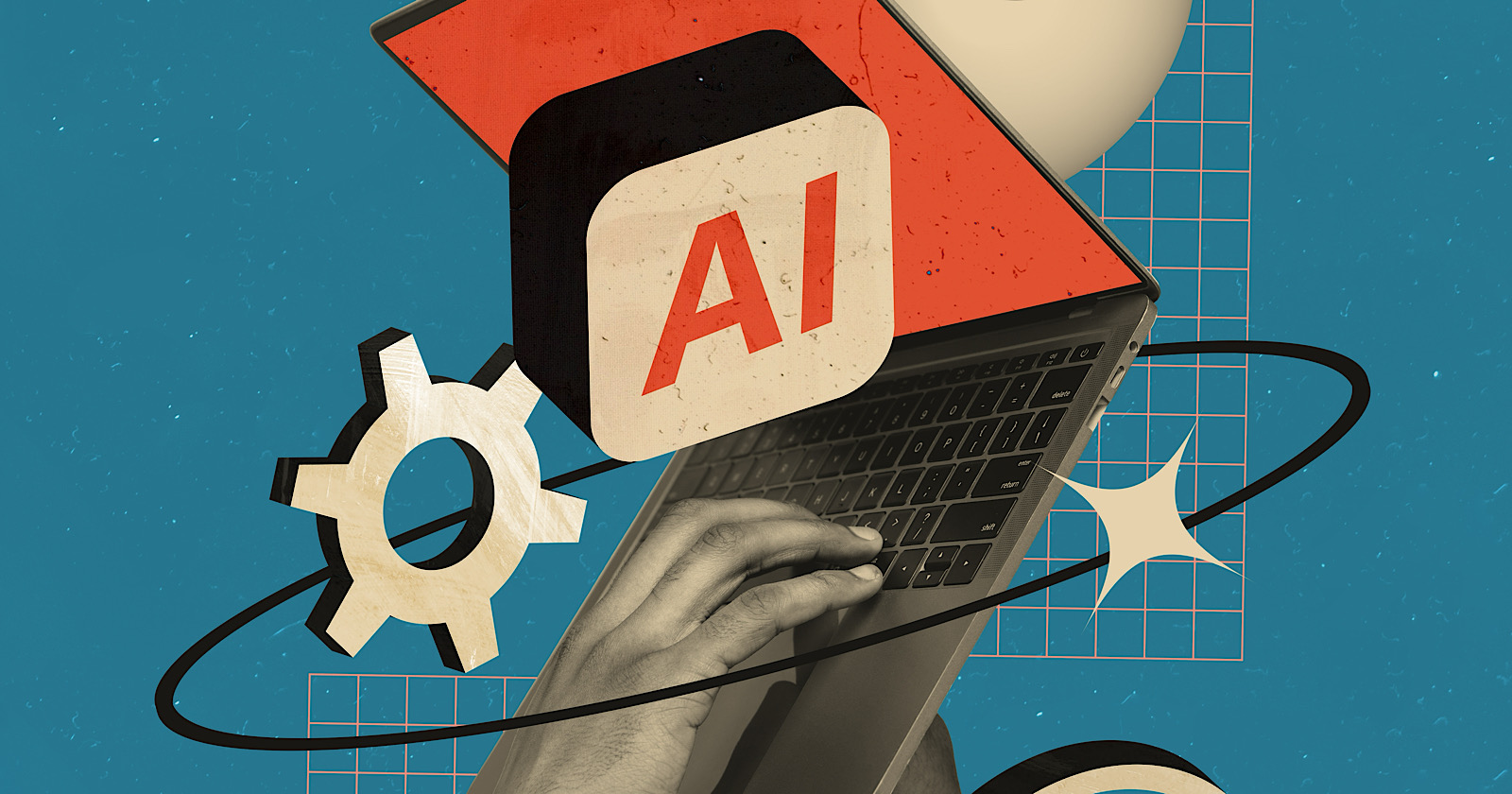Inclusive Language: How To Use and Promote It at Your Organization
Language has the ability to build relationships and forge connections, but it’s equally liable for creating barriers and impacting someone’s sense of belonging.
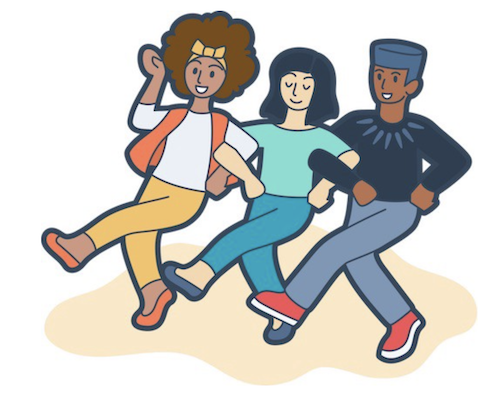
Language has the ability to build relationships and forge connections, but it’s equally liable for creating barriers and impacting someone’s sense of belonging. Using inclusive language, and having workplace conversations devoid of exclusive language, means employees are more likely to feel like they belong and can be their authentic selves at work. Here we’ll explore what inclusive language is and provide examples to ensure you create an inclusive workplace and inclusive marketing material and 2022 and beyond. Inclusive language is the words and phrases you use that avoid biases, slang, and expressions that discriminate against groups of people based on race, gender, socioeconomic status, and ability. When used, you can resonate with more audiences by speaking and writing in ways that everyone understands and makes everyone feel welcome. To explore how you might promote inclusive language at your organization, I spoke with some experts at HubSpot who have first-hand knowledge of incorporating inclusive language into their processes, products, and overall team culture. For instance, Hannah Fleishman, who led the charge on updating HubSpot's Careers website to be more inclusive, told me, "Language has a big impact on our sense of belonging in the workplace. The challenge is, language is nuanced. The changes we should consider making to how we talk and write are often subtle." Melissa Obleada, an Associate User Experience Researcher at HubSpot, echoes this thought, mentioning, "Many of us don't realize that our language has additional meaning hidden between the lines. Certain words can imply a certain age, gender, educational background, social class, and so much more. We see this a lot in the ways many folks write job descriptions." Consider, for instance, the last time you were in a meeting and a leader said, "Okay, guys, let's get started" — do you think that automatically made female colleagues feel a little less-welcomed than their male peers? Would it have been better if he'd said "ya'll" or "everyone"? Alternatively, imagine you're hiring a new person on your team and your boss tells you, "We're looking for a good culture fit." You know most people on your team are extraverted -- does that make you unfairly biased during interviews as you seek out a "good culture fit" by looking for candidates that mirror your colleagues' personality type? Beth Dunn, Marketing Fellow at HubSpot, wrote a Medium piece on the topic of instilling a human voice in product content, and said, "Try not to present the privileged, tech-savvy, wealthy, able-bodied, white, cisgendered, anglo-centric male experience as 'standard' and everything else as 'other' or 'diverse.' Seek ways to place the 'other' in the center of things instead." Additionally, Dunn told me, "What's great is that the English language is such a flexible, expressive language, so there are all sorts of ways to say what you need to say without indicating anything that might be exclusive. It just takes a little imagination, empathy, and practice, that's all." Take job descriptions as an example — you might've heard by now that women only apply for jobs when they feel they've met 100% of the requirements, while men will apply when they feel they've met 60% of them. Fleishman suggests, "Try to avoid writing job descriptions with unattainable requirements. Using more inclusive language can be like building a new muscle; you need to get in the habit of recognizing nuances and asking yourself if what you're saying, or writing, is accessible for everyone." Obleada adds that it's not just job descriptions that you should edit for inclusivity — it's all communication, whether through email, Slack, text, Facebook, or in-person: "When it comes to implementing inclusive language, it takes practice to shift your typical ways of speaking and writing." To monitor whether your communication is exclusive to certain groups, you'll want to look at resources and tools online. For instance, Textio is an augmented writing tool that identifies whether you're using gendered language in your writing or words with a strong feminine or masculine association. This can be undeniably helpful for both job descriptions and even emails to colleagues. Additionally, you might consider taking a look at the Conscious Style Guide, a resource on conscious language that breaks down exclusive language into categories, including age and disability. Finally, to identify your own implicit biases, try taking a Hidden Bias Test, like this one created by Psychologists at Harvard, the University of Virginia, and the University of Washington, to uncover how your biases might be inhibiting you from expressing yourself more inclusively. If this all sounds like a lot of work to you, it's important to note — this isn't just about creating a more inclusive environment at work. It's also critical for your company's bottom line, particularly if you work for a global company or plan to expand your offerings to other regions in the future. Obleada explains it like this: "For some, writing and speaking inclusively may feel like a restrictive set of rules, hindering instead of helping us. In reality, it's just the opposite." "Inclusive language opens up and amplifies your message to more people, making your blog post, job description, or website copy more accessible than before." Next, let's explore some inclusive language examples in-practice. Fleishman told me, "Acronyms have become part of most companies' vocabulary, but they can be alienating for new employees, candidates, or global teams." I personally remember how frustrated I felt when I first joined my team at HubSpot and everyone kept saying "TL;DR" in meetings. I was too embarrassed to ask what it meant. I finally Googled the term, but in the interim, the acronym made me feel separate from the larger group. While this is a small and innocent example, there might be bigger acronyms you use every day within your team that continue to alienate new members or employees from other teams. And if your company does choose to use specific acronyms (like, in HubSpot's case, H.E.A.R.T.), make sure you explain what it means during the employee onboarding process. Many of us use colloquial expressions every day. For instance, I often say, "It's just a ballpark figure" or "it should be a piece of cake," without pausing to consider whether the listener knows or has heard the term before. Of course, this can be confusing to other parts of the world that aren’t familiar with such expressions. If your company has global offices or works with customers from across the globe, expressions that are common to you can pose a major deterrent to clear communication. For instance, in Dunn's Medium article, she writes, "We also avoid using metaphors (visual and written) that are specific to just one culture or class. So, for instance, we avoid using phrases like 'knock it out of the park' or 'hit a home run,’ even though these phrases are pretty common in North America as they’re just not going to resonate outside of the U.S. Not because people will be offended by a reference to baseball, but because they won’t be as familiar, so the meaning won’t be as clear." The graphic below displays examples of colloquial words and phrases and plain language alternatives to ensure everyone understands you. As marketers, we're exceptional storytellers. Sometimes, however, whether you're talking offhandedly with a colleague or delivering a pitch, you might get caught up in using pronouns that unintentionally support stereotypes. For instance, let's say you're giving a pitch and you say, "We've found through analysis that our readers are typically in a VP position or higher, which is why we believe we should lean into LinkedIn as a strategy in 2020. For instance, let's say our reader needs to deliver a presentation. He might turn to our blog ahead of time, but more likely, he'll turn to LinkedIn first." Your fictitious VP-level reader doesn't need to be "male" or "female" -- why not call them by the non-gendered pronoun "they,” "them,” or "their"? You can still make your point, and you won't alienate people on your team who feel hurt that you've assumed that leaders are likely male. This also relates to gendered terms that add nouns to the end of them, like salesman. Opting for a more inclusive term could be saying salesperson or sales rep. The image below shows additional examples of gendered terms and alternative phrases to use. When potential customers take a look at your website, you want them to see people (or figures) that look like them. Simultaneously, you want potential new hires to see themselves reflected. Otherwise, you're likely missing out on both potential customers, and future employees for your company. In her Medium post, Dunn writes, "Our product illustrators try to ensure that the people we represent in illustrations are diverse in appearance, and that these different types of people are represented doing many different things (for instance, a person of color doing the talking while others listen, a woman in a wheelchair at an executive desk, etc.)." As you scale as a company, you want to ensure your marketing materials reflect as many groups of people as possible. Otherwise, you're unintentionally sending messages to people who don't see themselves in your content that your brand "isn't quite right for them." Many terms used daily have roots in racism and discrimination, so using them can make people feel unsafe, whether in your marketing materials or day-to-day correspondence with team members. Some regularly used terms have roots in racism and discrimination or are taken from celebrations and sacred practices of marginalized communities. Using them in your marketing materials or day-to-day correspondence with team members can make people feel unsafe and unwelcome. For example, pow wow is often used informally to describe a meeting or get-together. Using it in such a way disregards pow wows as indigenous cultures’ sacred rituals and social gatherings — ceremonial events that have nothing to do with work. A simple alternative is saying stand-up, meeting, or hang-out. The image below displays other examples of words commonly used that are related to ethnicity, race, nationality, and culture that you can easily swap out for more inclusive terms. Obleada told me, "Inclusive language has a real impact on how 'themselves' folks feel they can be in a given space. As a queer woman, it makes me cringe when folks ask me about a boyfriend. Intentionally using gender neutral titles — parent, spouse, partner, child, etc. — when speaking about your or others' families can make a big difference in how comfortable someone may feel." Rather than making assumptions, approach conversations with colleagues using gender neutral titles. For instance, it's better to use "parent" or "guardian" when making conversation with a colleague since "mom" or "dad" excludes family structures such as grandparents as caregivers, same-sex parents, etc. Common phrases like “turning a blind eye” are ableist and insensitive to people whose lives are impacted by medical conditions. While likely used innocently, someone who hears such a phrase in the workplace or sees it in your marketing materials may feel unsafe and like you don’t represent them or what they care about. It’s best practice not to use such terms unless they’re relevant to your topic of conversation. The image below displays commonly used phrases that can be harmful that you might not have realized before and alternatives to implement. It's critical to note — there's no one-size-fits-all "right" and "wrong" when it comes to language. Many people have personal preferences, especially when it comes to identity. For instance, person-first language (i.e., "people with autism") was introduced because many feel it's dehumanizing to put the disability or gender orientation first, as it seems to define the individual. However, some prefer identity-first language (i.e., "autistic people") since they accept autism as an inherent part of their identity — identity-first language can even help evoke a sense of pride among individuals. (For more information on person-first or identity-first, take a look at this article by the Autistic Self Advocacy Network.) It's critical you avoid applying hard-and-fast rules to all individuals, since these preferences are incredibly personal. You might consider asking them what they prefer, or offering up your own preferred pronouns to create a safe space for them to do the same — but only if they feel comfortable doing so. (To learn more about etiquette when it comes to asking pronoun preference, take a look at Gender Neutral Pronouns: What They Are & How to Use Them.) Ultimately, it's important to remember none of us will get it "perfect" 100% of the time, but admitting when you've made mistakes and consistently working to communicate more inclusively are two major steps towards creating a more unified workforce, and creating deeper connections with your customers. Remember — inclusive language is about widening your message and allowing it to resonate with as many people as possible, so it's critical for your business's bottom-line that you do everything you can to communicate more inclusively every day.What is inclusive language?
Inclusive Language Examples
1. Avoid company or team acronyms.
2. Use plain language in your writing rather than expressions or jargon.
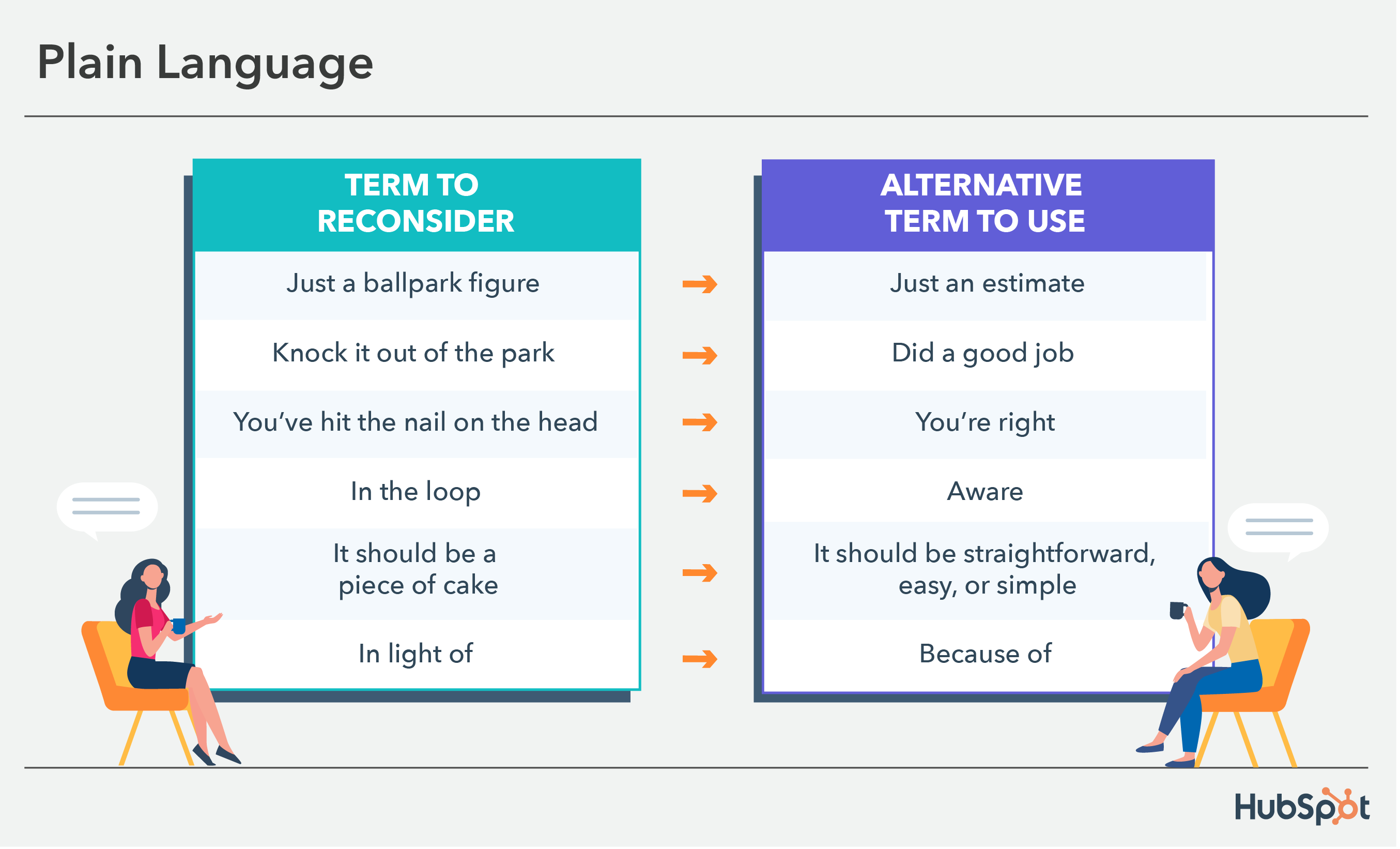
3. Refer to a theoretical person as "they" instead of "he" or "she."
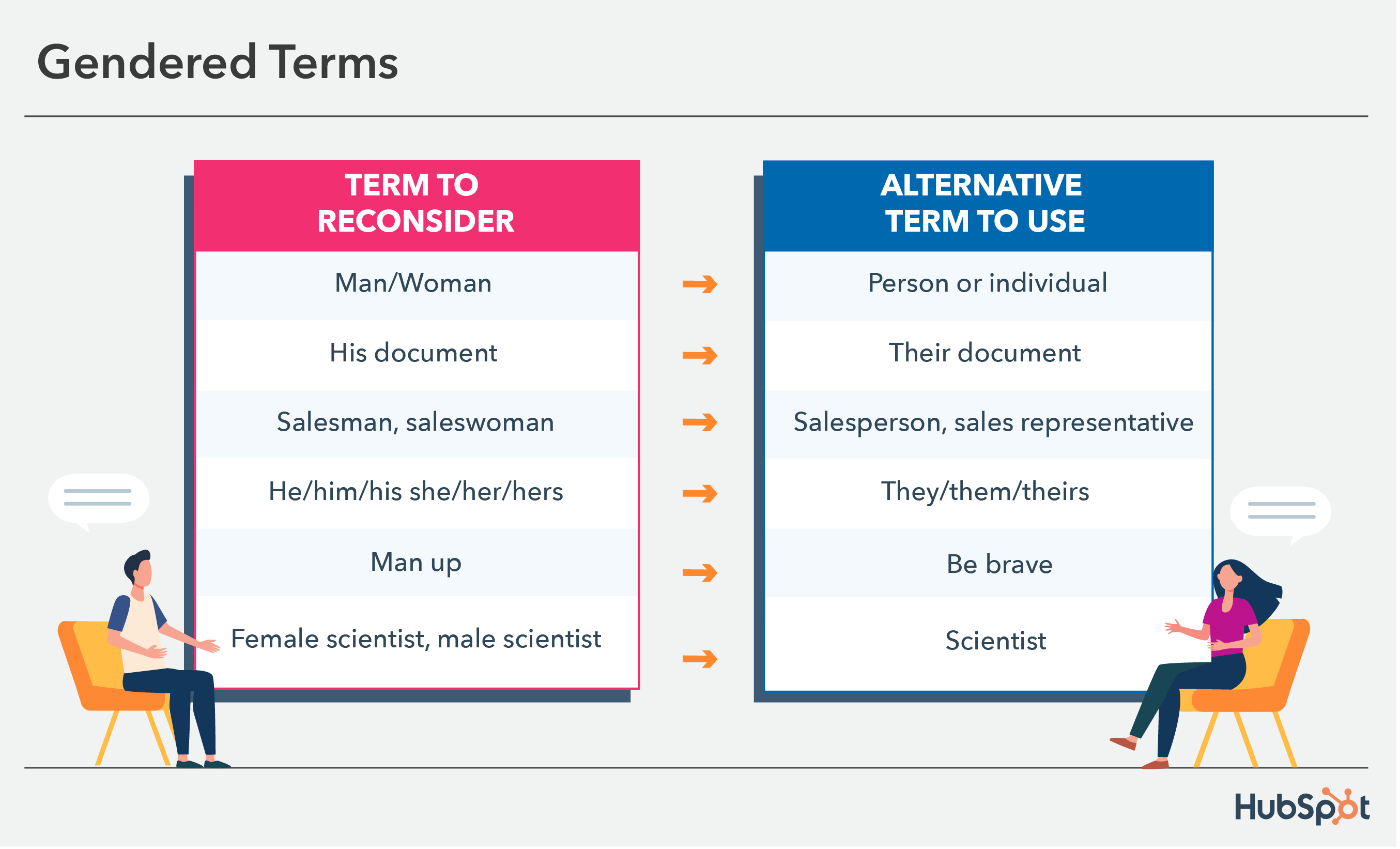
4. Ensure your company's designs or images reflect a diverse group of people.
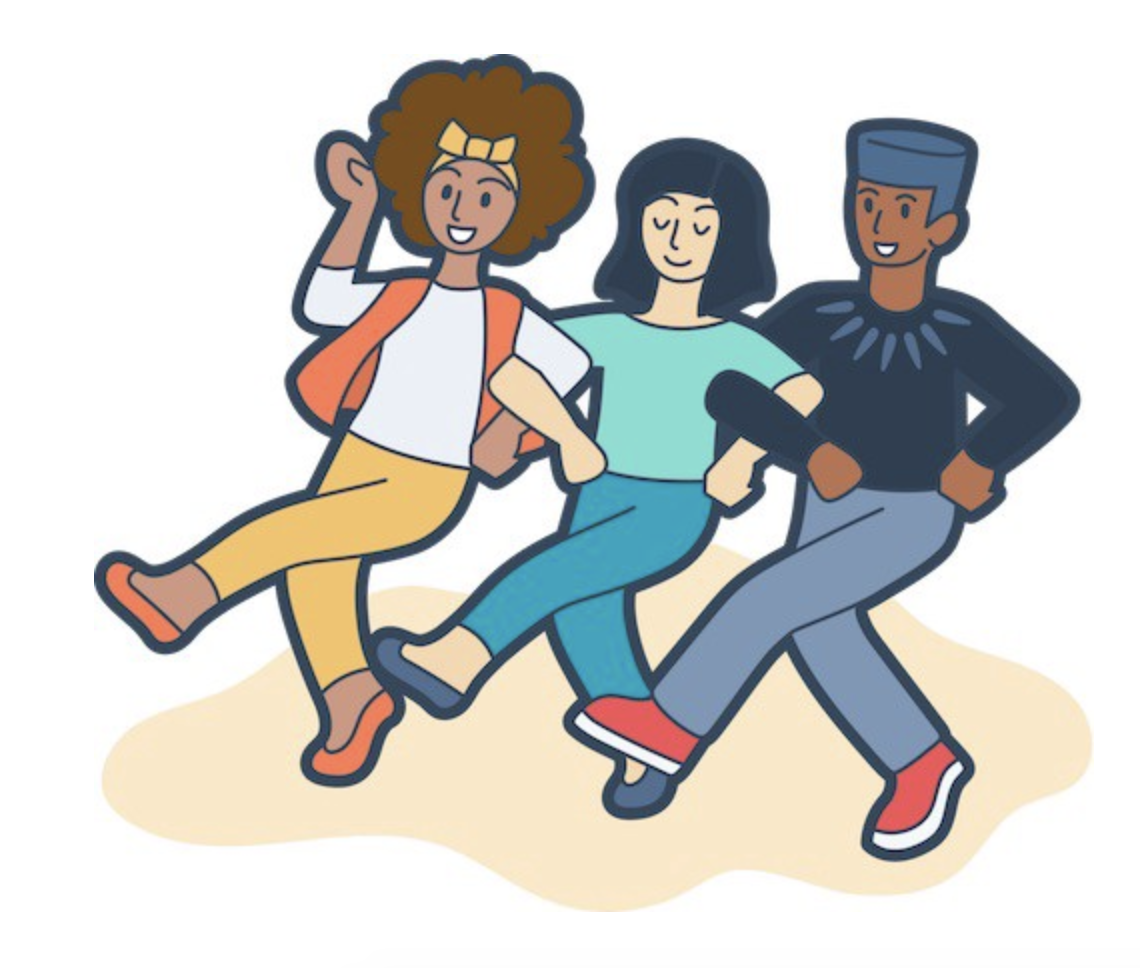
5. Be mindful of terms related to race, ethnicity, nationality, and culture.
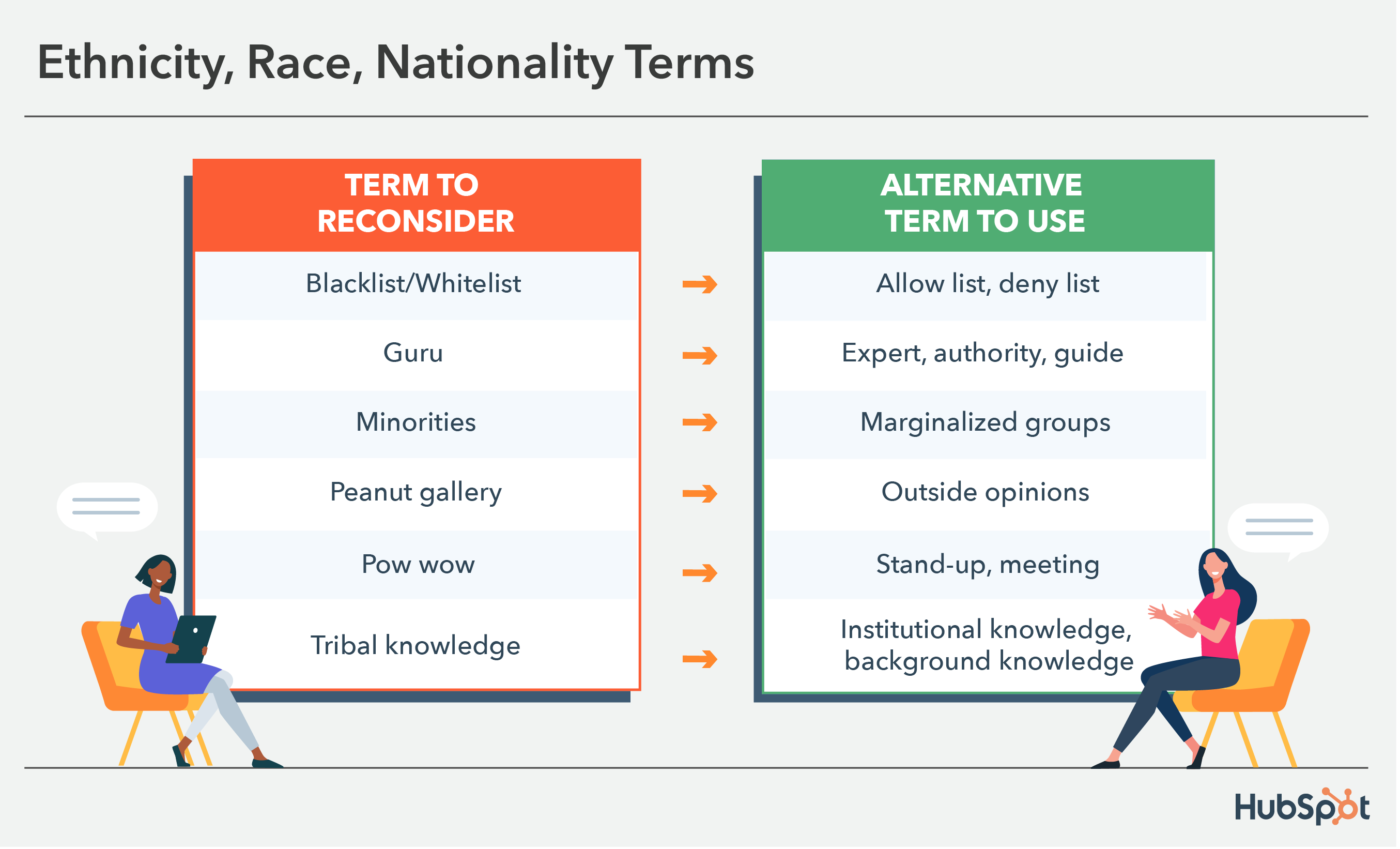
6. When speaking to colleagues about family, use gender-neutral labels for family members.
7. Be mindful of medical conditions and ability terms.
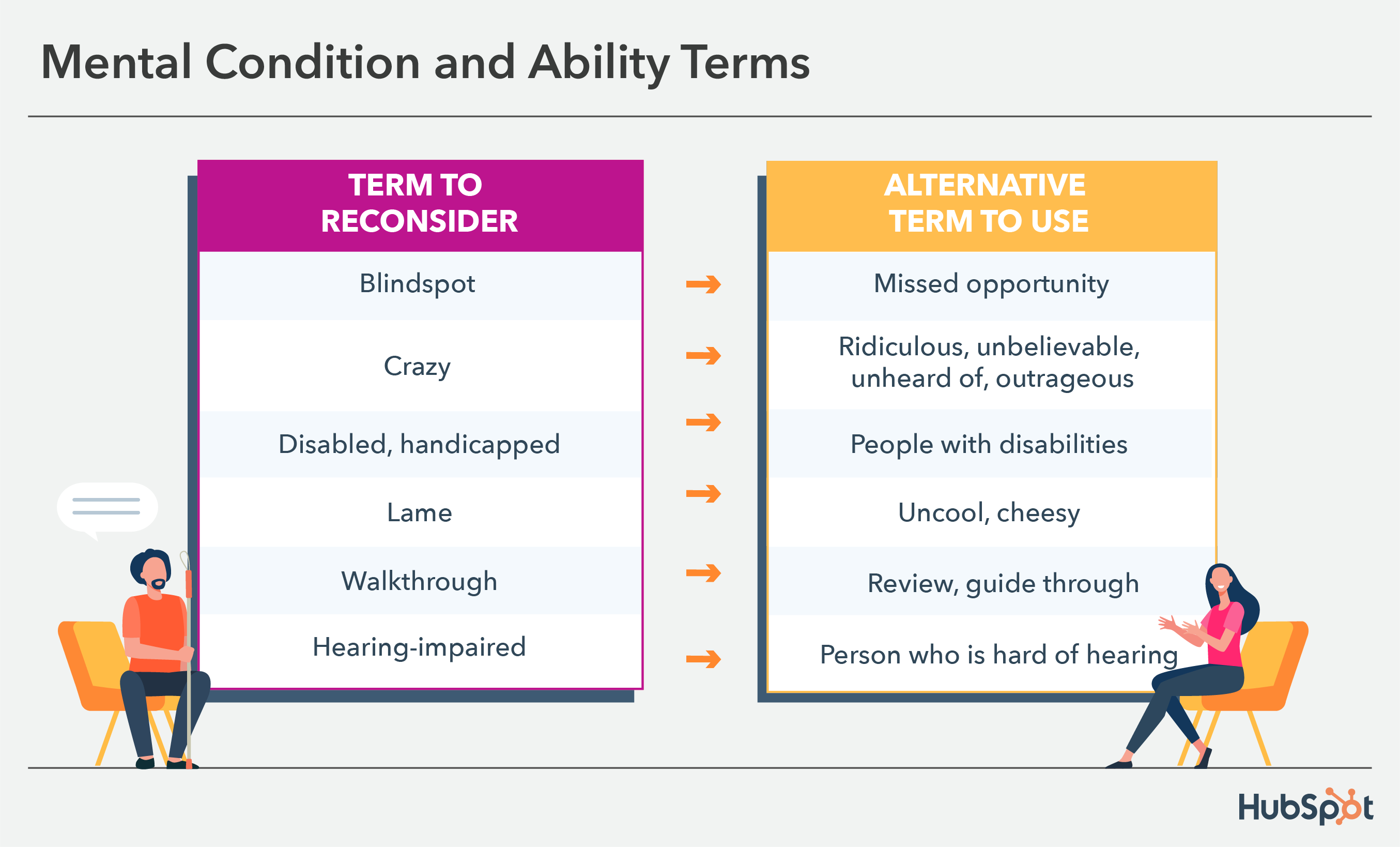
8. When in doubt, ask individuals which pronouns they prefer (but make it clear they can choose not to identify, as well).
Over To You
Originally published Jun 21, 2022 7:00:00 AM, updated June 21 2022

 Koichiko
Koichiko 
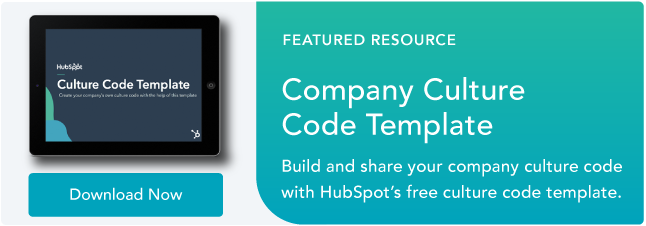













_10.jpg)













